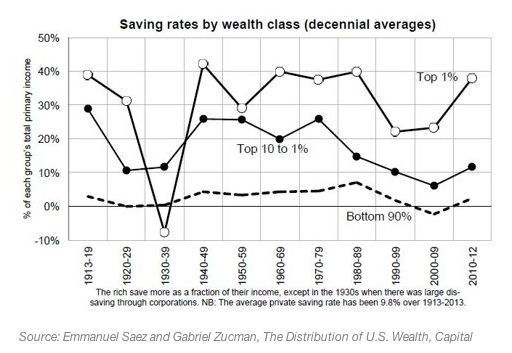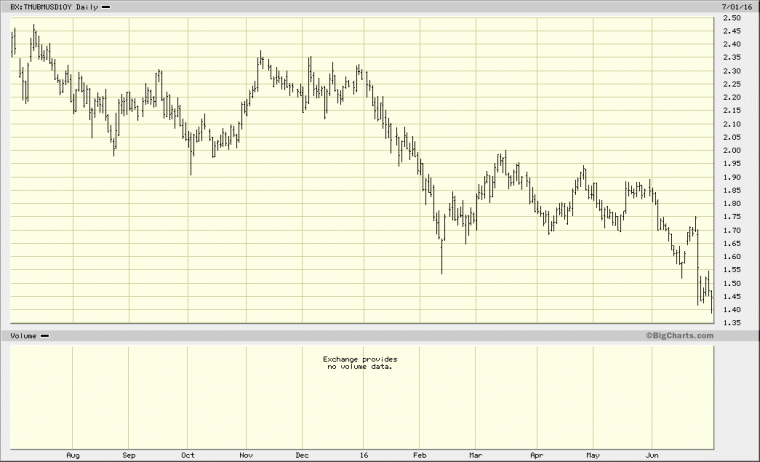At some point, I will write up a comprehensive layout of the training process that volunteers must complete before being “sworn-in” as official volunteers. The process is long and frustrating so I’ll spare you for now. I will say that it all feels worth it when your perminant site is officially announced. Almost immediately after receiving this all-important information, you are sent on a two-week site visit.
It is basically a meet-and-greet with anyone you come within earshot of: locally elected officials to those with more royal pedigrees, Clergimen to taxi-men, venders, re-venders, restaurant owners, school masters and medical doctors. And all of their spouses, children, mothers, cousins and brothers if any of them happen to be in the vicinity. It is a fantastically social experience.
It is also the first time you will get to hear about the work you will be doing for the next two years. As a volunteer, it is your responsibility to aid the community in attaining its dreams -maybe with a little tweaking where necessary, but never to instill upon the community, your own, singularly personal visions or morals.
For this reason, I have been spending as much time as possible trying to find projects that my counterparts are most passionate about and how I can make the biggest impact within my two-year service.
Here is a list of some of the largest projects that seem to be the most important to my community and my Beninese counterparts (There are other secondary projects that are not mentioned here).
1. Creating a waste management service. In the developed world, we are used to throwing our trash in cans, putting them out on the curb and forgetting about what happens to the wrappers, bottles, and scraps we put in them. Forgetting about those things is impossible here, where there is no such service and trash is often left in piles outside, and more than often – burned. Trash is often overlooked by development agencies because, let’s face it, it’s trashy. There is no flash or glamour in the work and it doesn’t tug on the heart strings of donors quite like building orphanages and giving children shoes. It is nevertheless a fundamental element of hygiene, environmental stewardship, and tourism. As a Community Economic Development volunteers, I will add that it is also potentially, a cash cow!
2. Restructuring a Hospital. There is no health insurance for people here. There are clinics and private hospitals but, similarly to in the U.S, services are very expensive. For this reason, a hospital with which I am working, is trying to restructure itself as a membership organization that provides health services to its members. This would, in effect, function like an HMO with only one medical service provider. This would provide reliable services to patients while providing a reliable income source to the hospital.
3. Harnessing the power of ecotourism. The farm with which I work has several extra rooms and not enough hands. The road to my village has recently been repaved and it is only 60 kilometers to the national capital. There is therefore, renewed potential for tourism here, especially given the peaceful past of this West-African nation.
4. Engaging with youths. At least half the beninese population is under 18 years-old. There is therefore, an abundance of unmet need in this area. I will be running English clubs, entrepreneurship clubs, and environmental action clubs at several local schools. This well help development efforts in the years to come. Encouraging creativity and analytical thinking will be a priority in all these classes since the educational system here generally emphasizes pure memorization of raw information.









